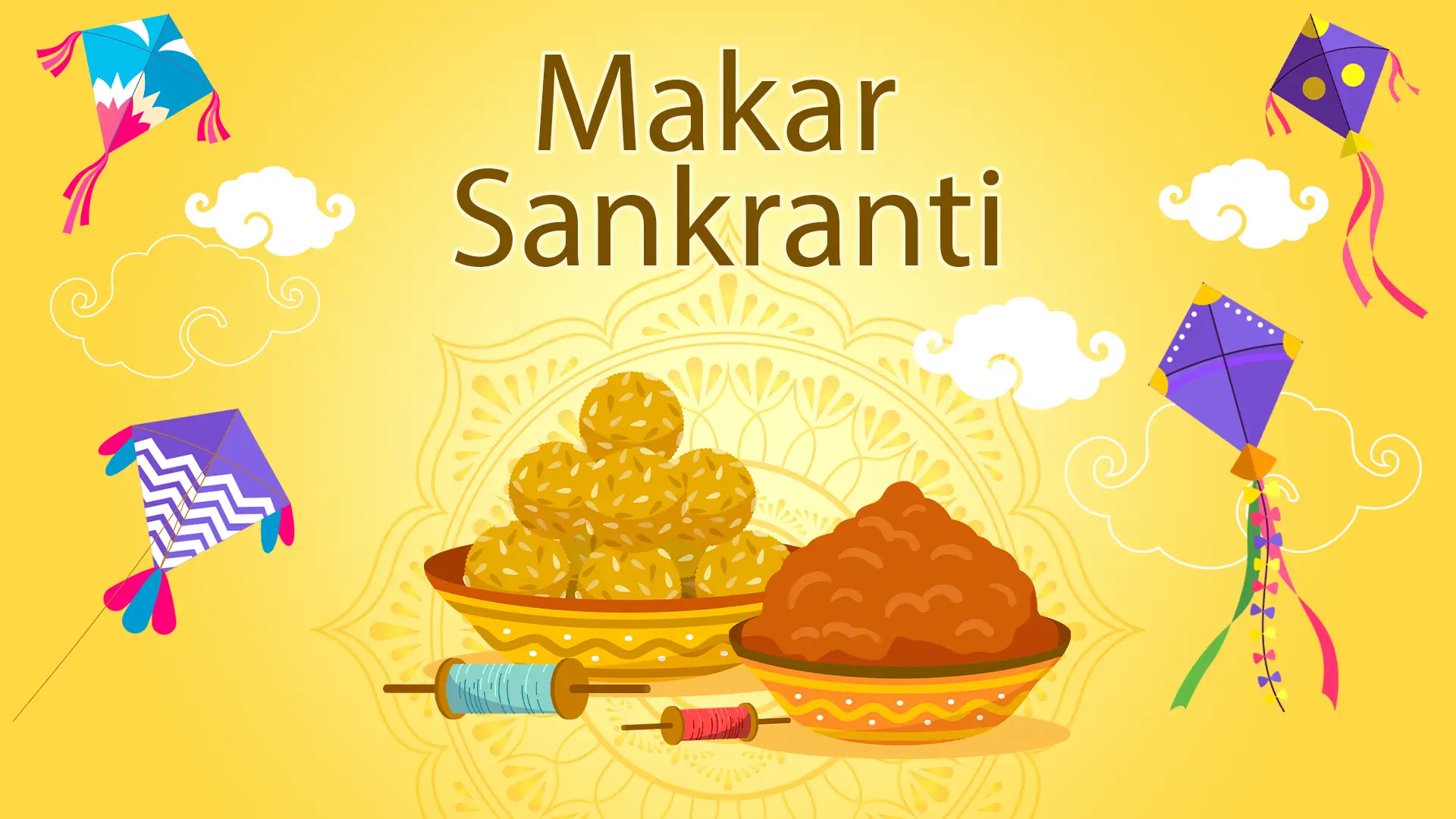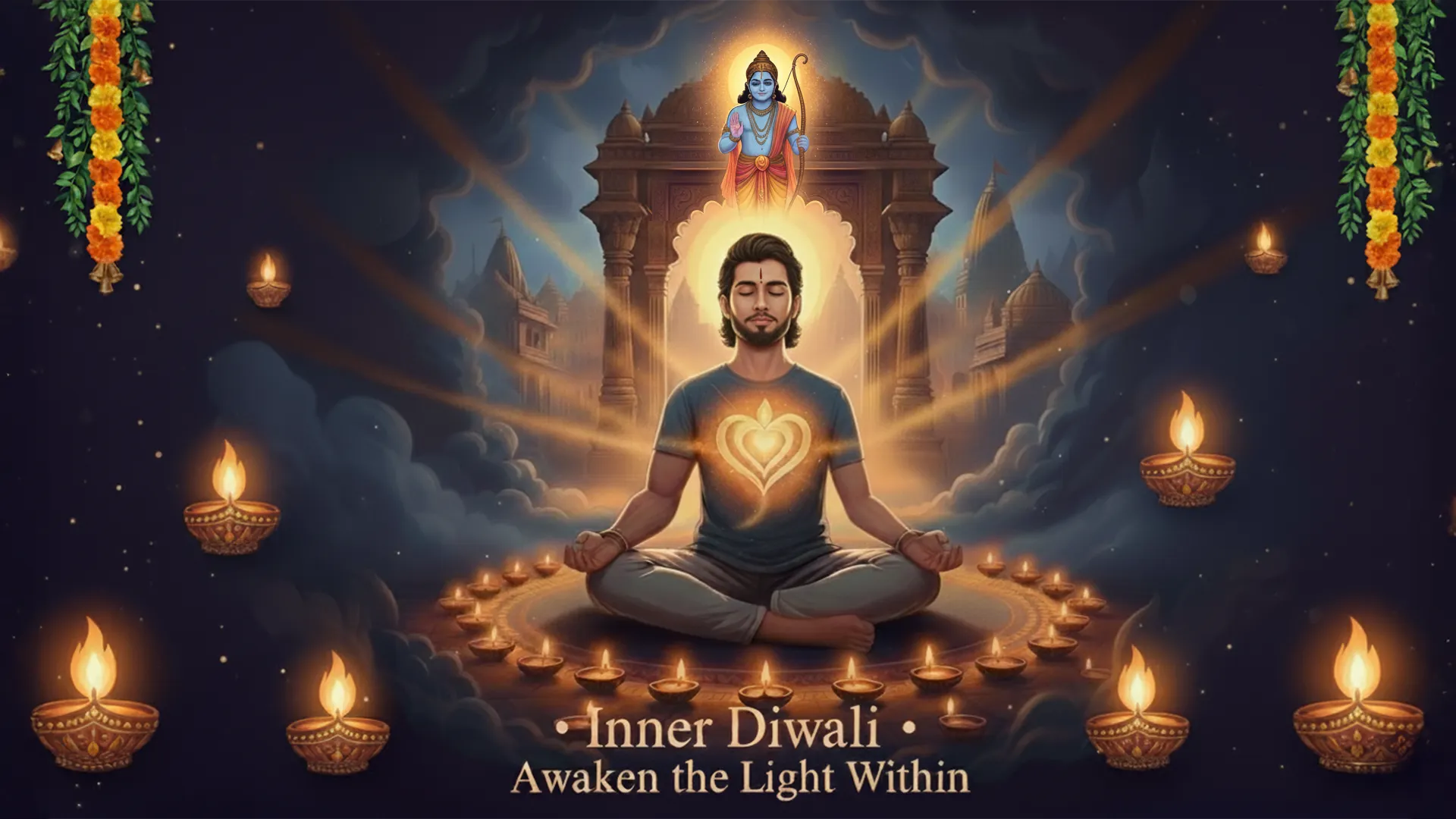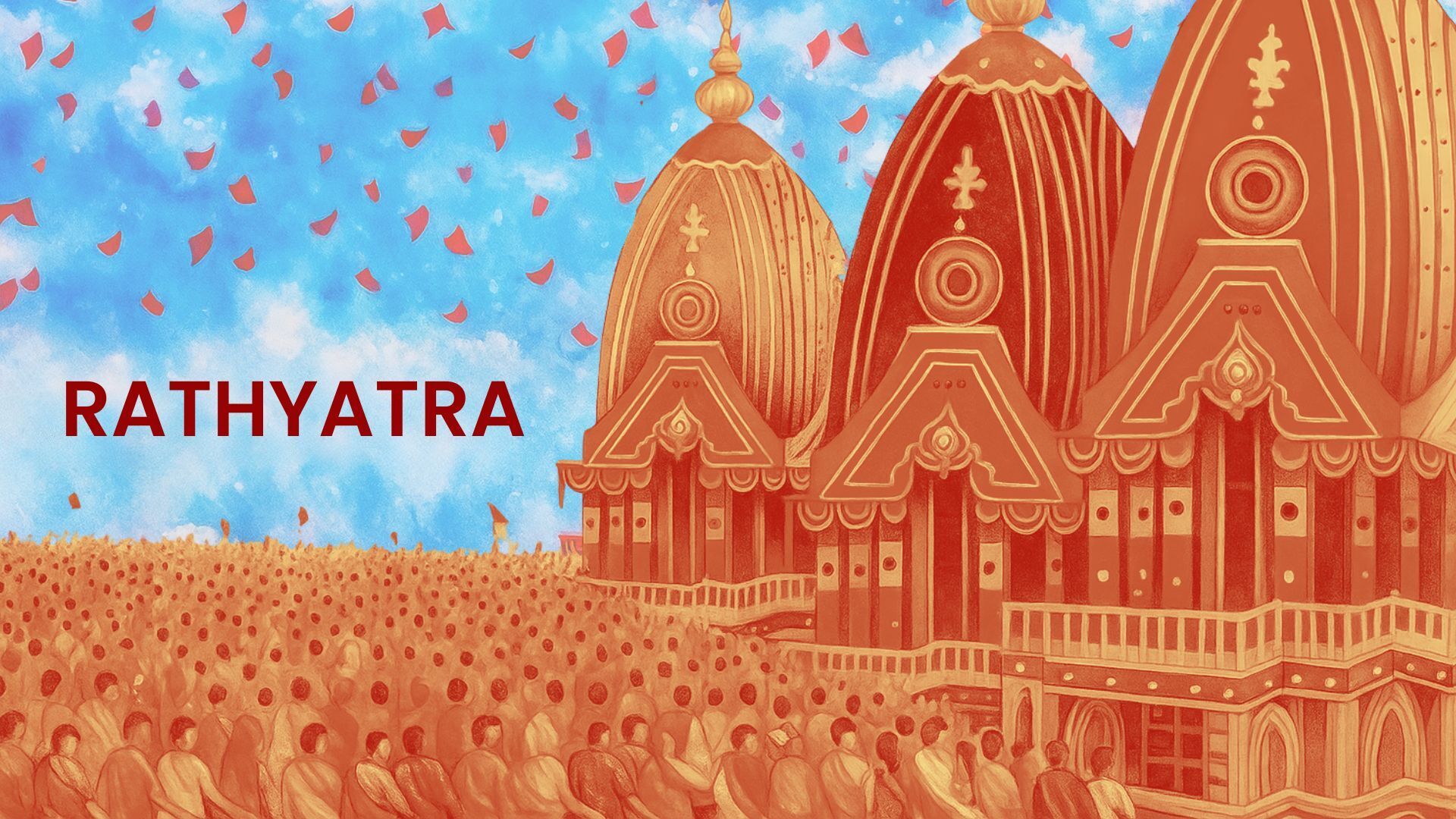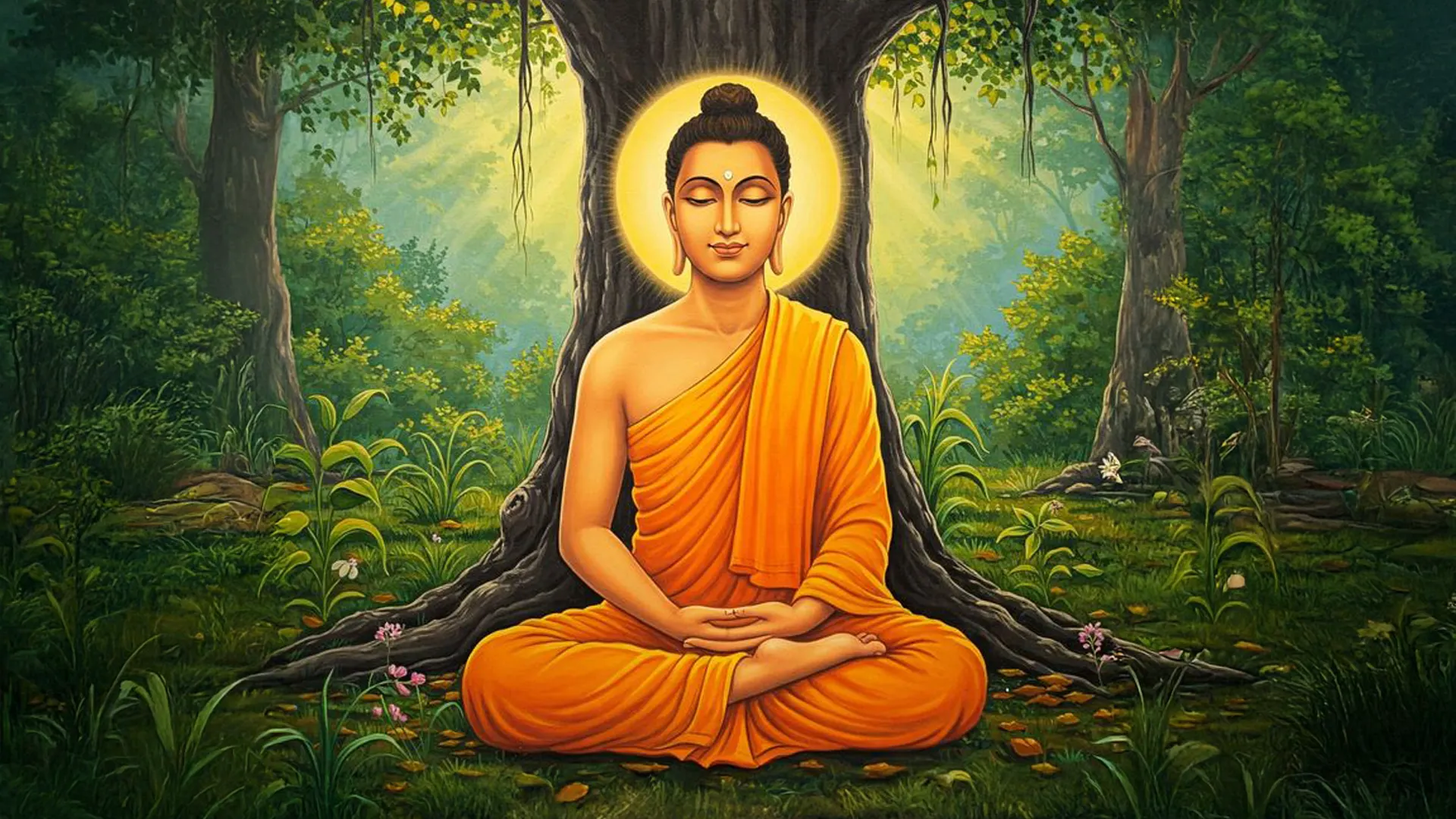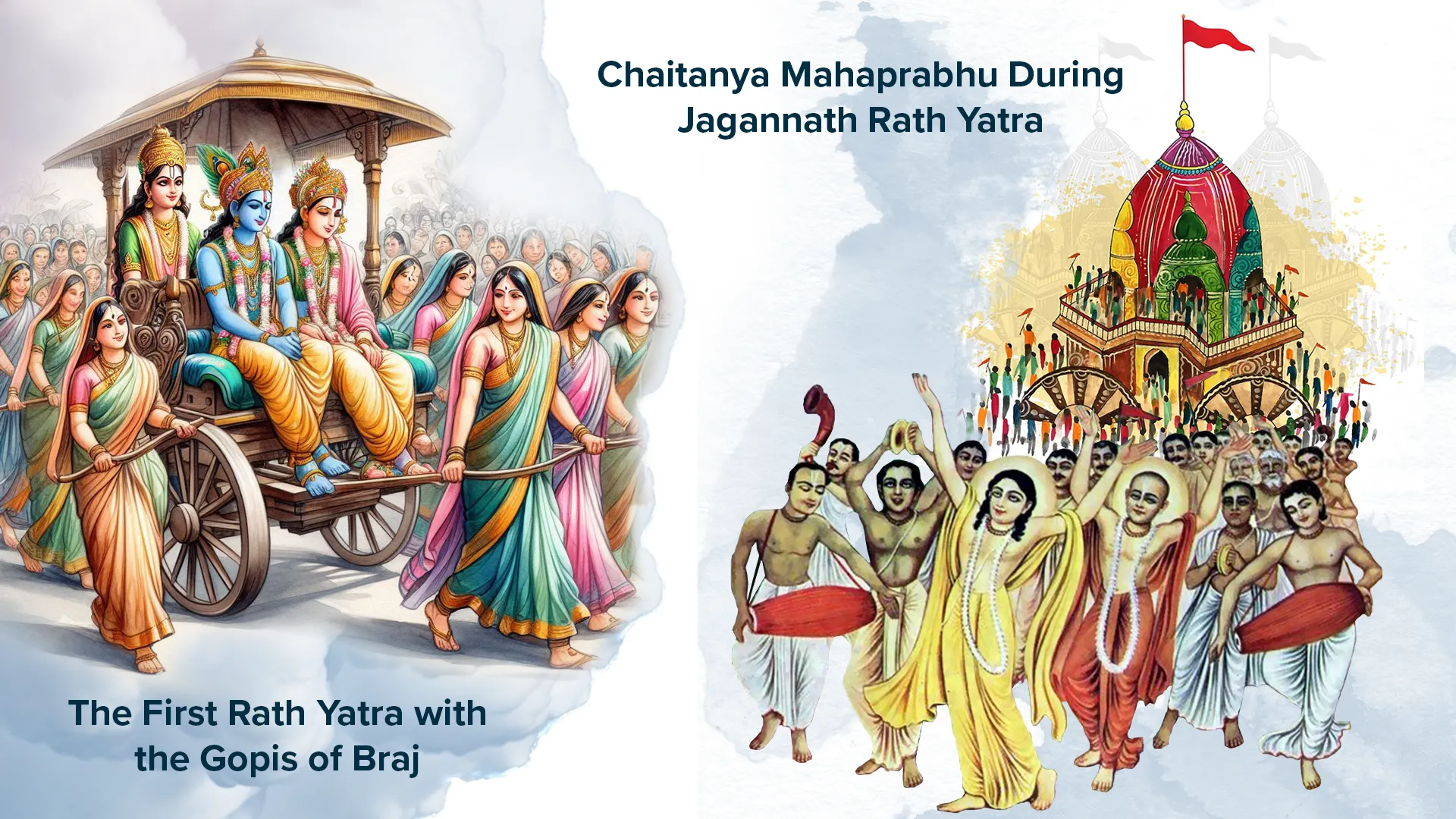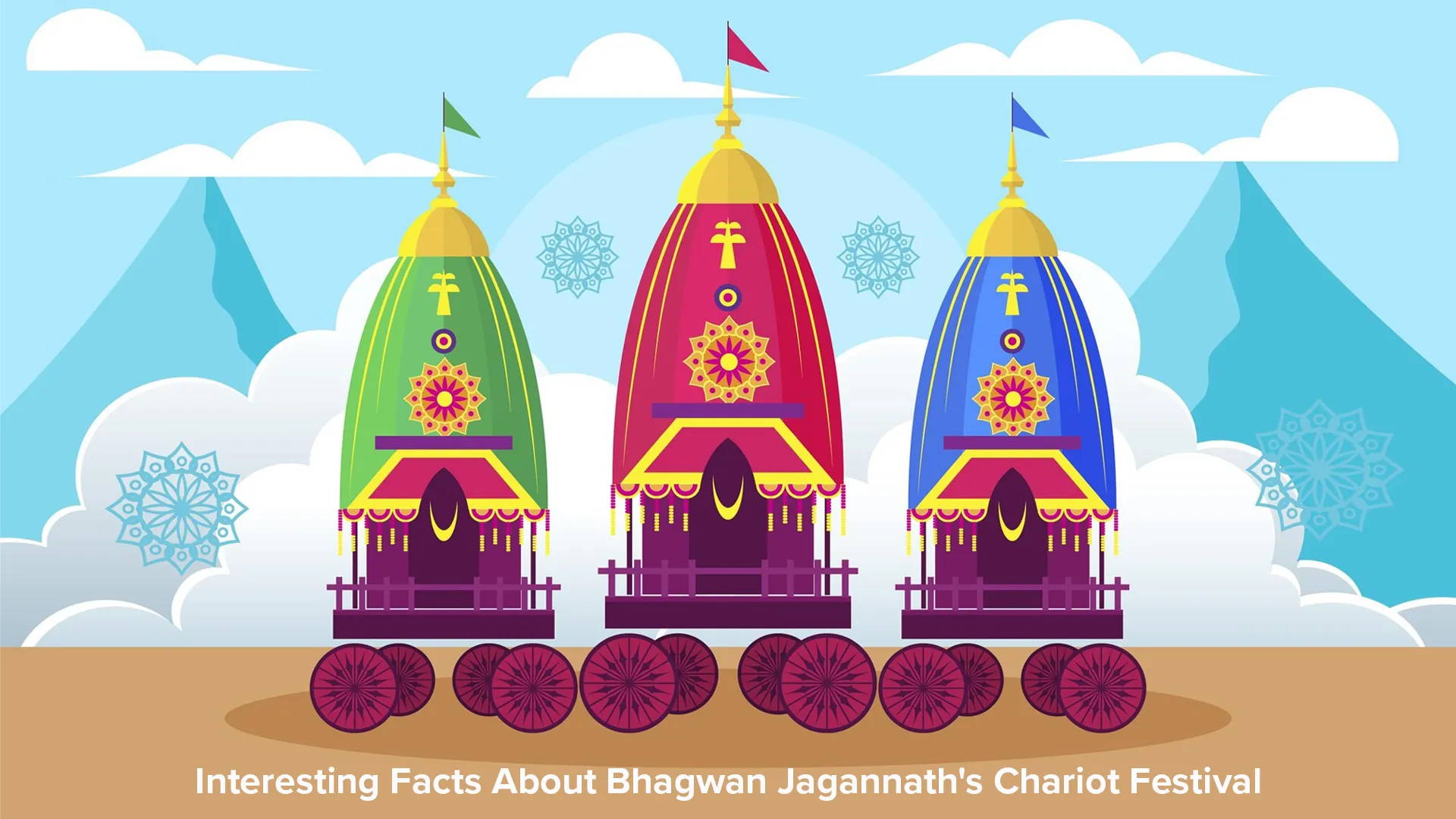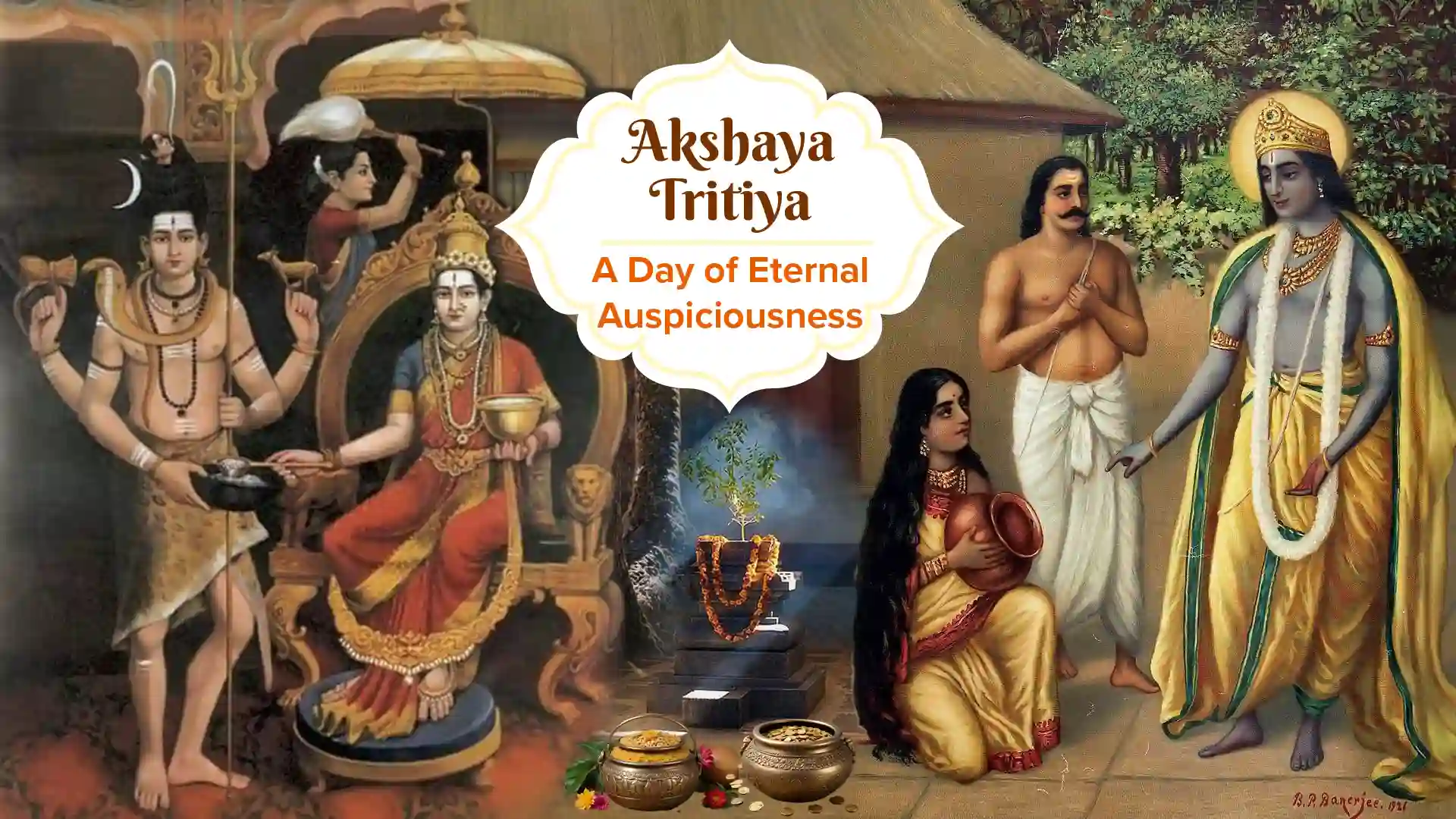Makar Sankranti (makar saṅkrānti / मकर संक्रांति) is a significant festival celebrated with great enthusiasm across India. It marks the end of the winter season and the beginning of a new harvest season. The festival is unique in that it is celebrated on January 14th or 15th every year.
The word Makar means Capricorn, and Sankranti indicates transition or movement. In astronomical terms, it is Uttarayan (Uttarāyaṇa / उत्तरायण) or the northward movement of the sun vis-a-vis earth, towards the tropic of Capricorn (Makar Rāshi).
There are several Sankrantis that occur throughout the year. The two most significant ones are Makar Sankranti, which marks the end of the winter solstice, and Karka (कर्क) Sankranti, which occurs after the summer solstice. Additionally, every time the zodiac sign changes, it is considered a Sankranti.
Many names of Makar Sankranti
Being one of the most-awaited harvest festivals in India, each state has its unique way of celebration with various names: Makara Sankranti in Kerala, Magh Bihu in Assam, Maghi Saaji in Himachal Pradesh, Maghi Sangrand/Lohri in Punjab, Maghi Sangrand or Uttarain (Uttarayana) in Jammu, Sakrat in Haryana, Sakraat in Rajasthan, Sukarat in central India, Pongal in Tamil Nadu, Uttarayana in Gujarat and Uttar Pradesh, Ghughuti in Uttarakhand, Dahi Chura in Bihar, Makar Sankranti in Odisha, Karnataka, Maharashtra, Goa, West Bengal (also called Poush Sankranti or Mokor Sonkranti), Uttar Pradesh (also called Khichidi Sankranti), Uttarakhand (also called Uttarayani) or as simply, Sankranthi or Peddha Panduga in Andhra Pradesh and Telangana, and Shishur Senkrath (Kashmir).
On Makar Sankranti, Suryadev (Hindu Sun deity) is worshipped along with Lord Vishnu and Goddess Lakshmi throughout India. People in different states celebrate this festival by offering prayers, taking holy dips in the Ganges, doing charity, distributing traditional sesame-jaggery sweets and savouries, kite flying, bonfire, revelling in folk dance and music, visiting Makar Sankranti fairs, etc.
Apart from being an important cultural event, Makar Sankranti holds its spiritual significance as well.
In
Bhagavad Gita 3.14, Lord Shri Krishna says,
Bhagavad Gita 3.14, Lord Shri Krishna says,
अन्नाद्भवन्ति भूतानि पर्जन्यादन्नसम्भव: |
यज्ञाद्भवति पर्जन्यो यज्ञ: कर्मसमुद्भव: || 14||
annād bhavanti bhūtāni parjanyād anna-sambhavaḥ
yajñād bhavati parjanyo yajñaḥ karma-samudbhavaḥ
Translation: All living beings subsist on food, and food is produced by rain. Rains come from the performance of sacrifice, and the performance of prescribed duties produces sacrifice.
Swami Mukundananda explains that Lord Krishna is describing the cycle of nature. Rain begets grains. Grains are eaten and transformed into blood. From blood, semen is created. Semen is the seed from which the human body is created. Human beings perform yajñas, which propitiate the celestial gods, who then cause rains, so the cycle continues.
Therefore, on this occasion, we thank the Supreme Lord for blessing us with all the necessary goods like sunlight, rain and livestock to produce an abundant harvest to continue the cycle of life & death. Hence, it is also known as the Thanksgiving festival of India.
Makar Sankranti in Puranas
Being an important cultural event and having its spiritual association with Lord Shri Krishna, this day is also much cherished through the Hindu religion and this particular day witnessed many events that are very important, which are mentioned in the Puranas. The Suryadev visits the house of his son Shani, the master of Makar Rashi. It is said that father and son do not get along well, but Suryadev sets aside all differences and makes it a point to meet his son on this day. The Lord Vishnu ended the ever-increasing powers of the Asuras by defeating them and burying their heads under the Mandarachal Mountain. During the Mahabharat War, great grandsire Bheeshma (Pitamaha) declared his intent to leave his mortal body on this day. Maharaj Bhagirath, a legendary king of the Ikshvaku dynasty, brought down the river Ganga from Shiva’s matted locks to the earth with Lord Shiva’s grace, granting liberation to 60000 sons of Maharaj Sagar, Bhagirath’s great grandfather. Ganga is thus also known as Bhagirathi and many more such events.
Makar Sankranti and Jagadguru Shree Kripaluji Maharaj
In Kaliyuga, in recent times, an extraordinary event took place on this auspicious day of 14th January 1957. Shree Kripaluji Maharaj, only 35 years old, was unanimously conferred the title of Jagadguru (Spiritual Master of the World).
The Kashi Vidvat Parishat, the body of 500 topmost scholars of Vedic literature who collectively represented the seat of spiritual learning, invited Shri Kripaluji Maharaj to deliver lectures. Shri Maharaj Ji spoke for ten days, revealing the secrets of the Hindu scriptures. He reconciled the apparent contradictions between the various Vedic scriptures and the differences between the views of the previous Jagadgurus to show the true path to God-realisation for the welfare of all humankind. With profound admiration, the scholars accepted that his knowledge was deeper than the combined knowledge of all 500 of them put together. They unanimously acclaimed him as Jagadguru, the Spiritual Master of the world. They further added that he was “Jagadguruttam,” or Supreme amongst all the Jagadgurus. The Kashi Vidvat Parishat also accolades Shree Kripaluji Maharaj as:
श्रीमत्पदवाक्यप्रमाणपारावरीण, वेदमार्गप्रतिष्ठापनाचार्य, निखिलदर्शनसमन्वयाचार्य, सनातनवैदिकधर्मप्रतिष्ठापनसत्संप्रदायपरमाचार्य, भक्तियोगरसावतार, भगवदनंतश्रीविभूषित १००८ जगदगुरु श्री कृपालुजी महाराज
śrīmat-pada-vākya-pramāṇa-pārāvarīṇ, veda-mārga-praṭiṣṭhāpan-ācārya, nikhila-darśana-samanvayā-cārya, sanātana-vaidika-dharma-praṭiṣṭhāpana-satsaṃpradāya-param-ācārya, bhaktiyoga-rasāvatāra, bhagavad-ananta-śrīvibhūṣita 1008 jagadaguru śrī kṛpālujī mahārāja
The eminence of Jagadguru title can only be put into perspective by acknowledging the fact that in the last 5000 years, only four descended divine personalities have been given the title of the original Jagadguru – Adi Jagadguru Shri Shankaracharya, Jagadguru Shri Nimbarkacharya, Jagadguru Shri Ramanujacharya and Jagadguru Shri Madhvacharya.
Jagadguru Shir Kripaluji Maharaj is the fifth original Jagadguru, the only “Jagadguruttam”. This occasion of Makar Sankranti, which is also now celebrated as Jagadguruttam Divas (Jagadguruttam Day) by many who love Shri Kripaluji Maharaj and consider him as their guru, is a matter of immense pride, gratitude and joy.

